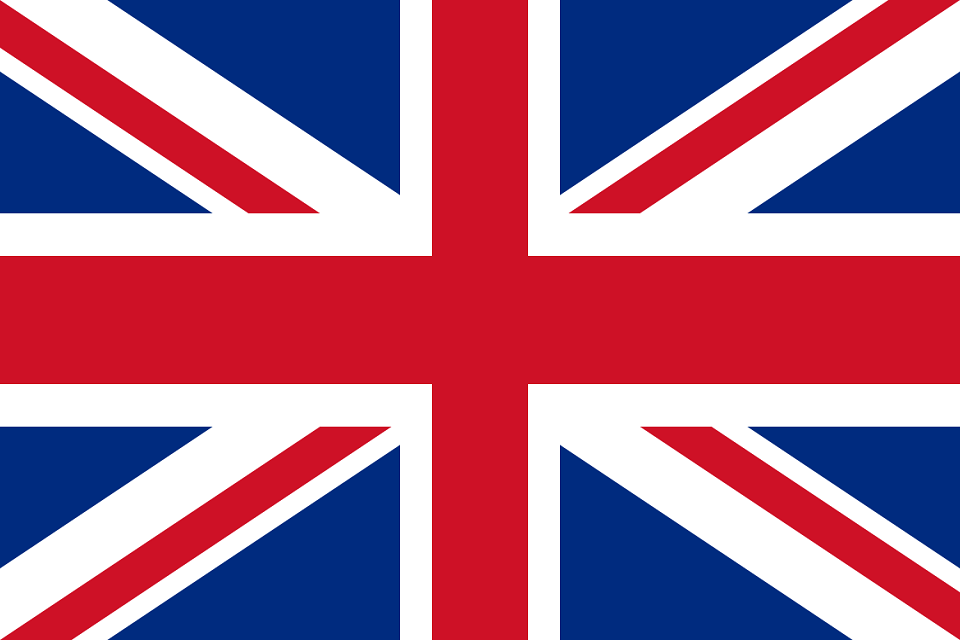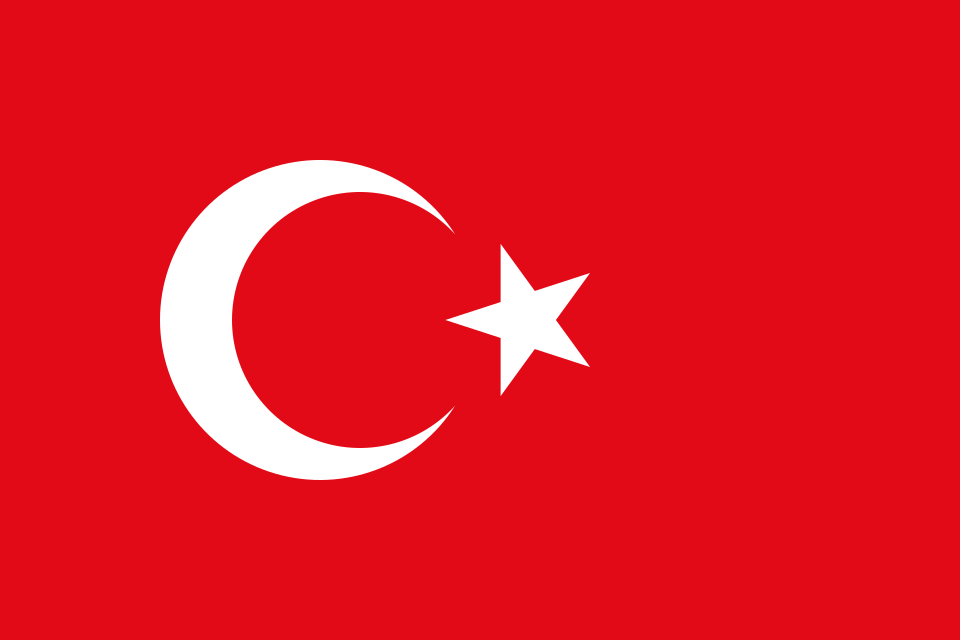Clubfoot treatment in children involves various methods used to effectively manage this congenital condition and restore normal walking function in children. In this article, you will find comprehensive information about modern techniques and approaches used in clubfoot treatment.
What is Clubfoot (Pes Ekinovarus)?
Clubfoot, medically referred to as “pes ekinovarus,” is a deformity of the ankle and foot. In this condition, the ankle is turned inward (ekinovarus) and the toes are bent upward. It is usually a congenital structural abnormality and can be detected in infants from birth.
Causes of Clubfoot in Children
Clubfoot (pes ekinovarus) in children is usually a congenital structural abnormality. The causes of this condition may include:
- Genetic Factors: Children with a family history of clubfoot are at higher risk. Genetic inheritance may play a role in the development of clubfoot.
- Problems with Development in the Womb: If the baby does not develop properly in the womb or has certain developmental problems, this may contribute to the formation of clubfoot.
- Muscle and Connective Tissue Problems: In some cases, the baby's muscles or connective tissue may develop differently than normal, which can lead to clubfoot.
- Positioning Issues During Birth: The baby's foot position or intrauterine positioning during birth may be different from normal, which can contribute to clubfoot development.
- Amniotic Band Syndrome: Amniotic bands circulating around the baby in the womb can cause abnormalities in limb development, leading to conditions such as clubfoot.
- Other Congenital Anomalies: Certain genetic syndromes or other congenital anomalies may lead to limb abnormalities such as clubfoot.

How Is Clubfoot Diagnosed in Children?
Clubfoot typically has the following characteristics:
- Ankle Ekinovarus: The ankle is bent inward. This changes the normal straight position of the foot and may make the ankle appear to be turned outward.
- Curvature of the Toes: The toes are typically bent upward and inward.
- Outwardly Turned Heel: When the ankle is bent inward, the heel may be in an outwardly turned position.
Does Clubfoot Correct Itself?
Clubfoot (pes ekinovarus) is typically a congenital structural abnormality and does not tend to correct itself. However, in some mild cases or when diagnosed early, natural correction may occur in some children. Especially in infants, some mild cases can be corrected with manipulation and casting treatments performed immediately after birth or within the first few weeks.
However, in most cases, clubfoot requires treatment, and treatment methods are determined based on the child's age, the severity of the foot deformity, and other factors.
Can clubfoot be treated?
Yes, clubfoot (pes ekinovarus) can be treated. The treatment method generally depends on the severity of the condition, the patient's age, and their overall health.
- Ponseti Method
- French Method (Physical Therapy Method)
- Surgical Intervention
- Bracing (Use of Orthotics)
Clubfoot Treatment
Clubfoot treatment (clubfoot or pes ekinovarus) can be performed using various methods depending on the condition, age, and severity of the deformity. In most cases, effective results are achieved with early intervention and the right treatment methods.
- Early Intervention: Starting treatment immediately after birth is critical for successful correction of the deformity.
- Long-Term Follow-Up: Long-term follow-up after treatment is necessary to prevent recurrence of the deformity.
- Informed Family: It is important for families to be well-informed about the treatment process and its aftermath.
Consulting an orthopedist or pediatric orthopedist for detailed information and treatment plans regarding clubfoot treatment is always the best approach.





